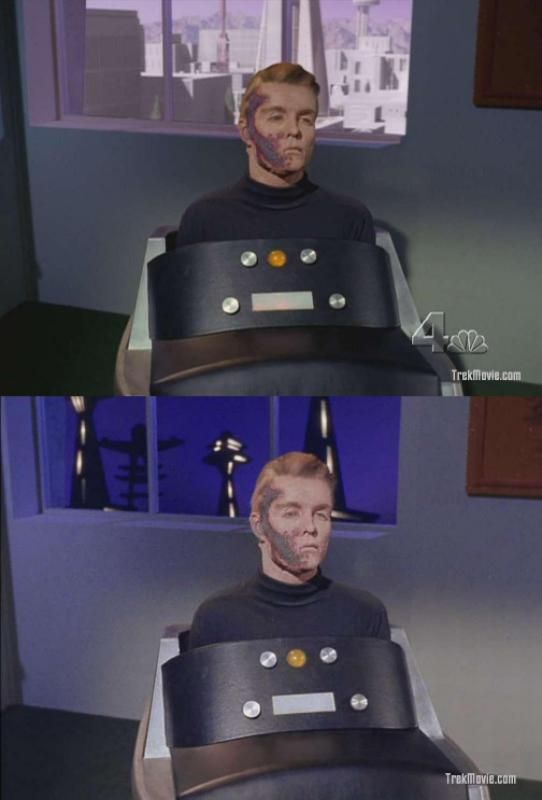There were some really sophisticated optical techniques in use even before sound. Murnau's 1927 silent feature Sunrise has some really amazing VFX work (link to a blog post about it), some of which you don't even notice because it's so convincingly pulled off.
Isn't that amazing, how some of these old films can stump even modern eyes as to how they're done?
 There are those that I actually can't believe what I'm seeing, they're so, as you put it, convincing!
There are those that I actually can't believe what I'm seeing, they're so, as you put it, convincing! 




 .
.

 Apparently the ability to ride a horse is a requirement for the captain's chair aboard the Starship Enterprise.
Apparently the ability to ride a horse is a requirement for the captain's chair aboard the Starship Enterprise.
